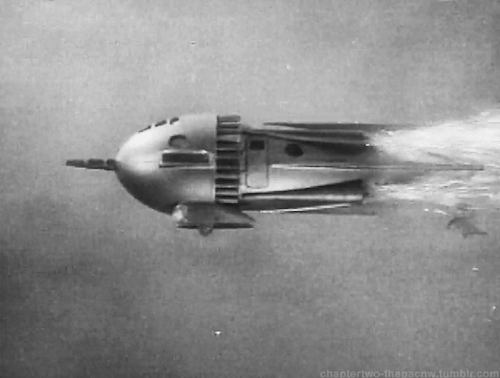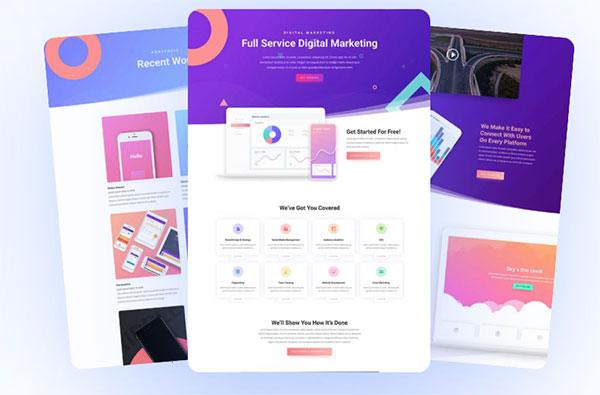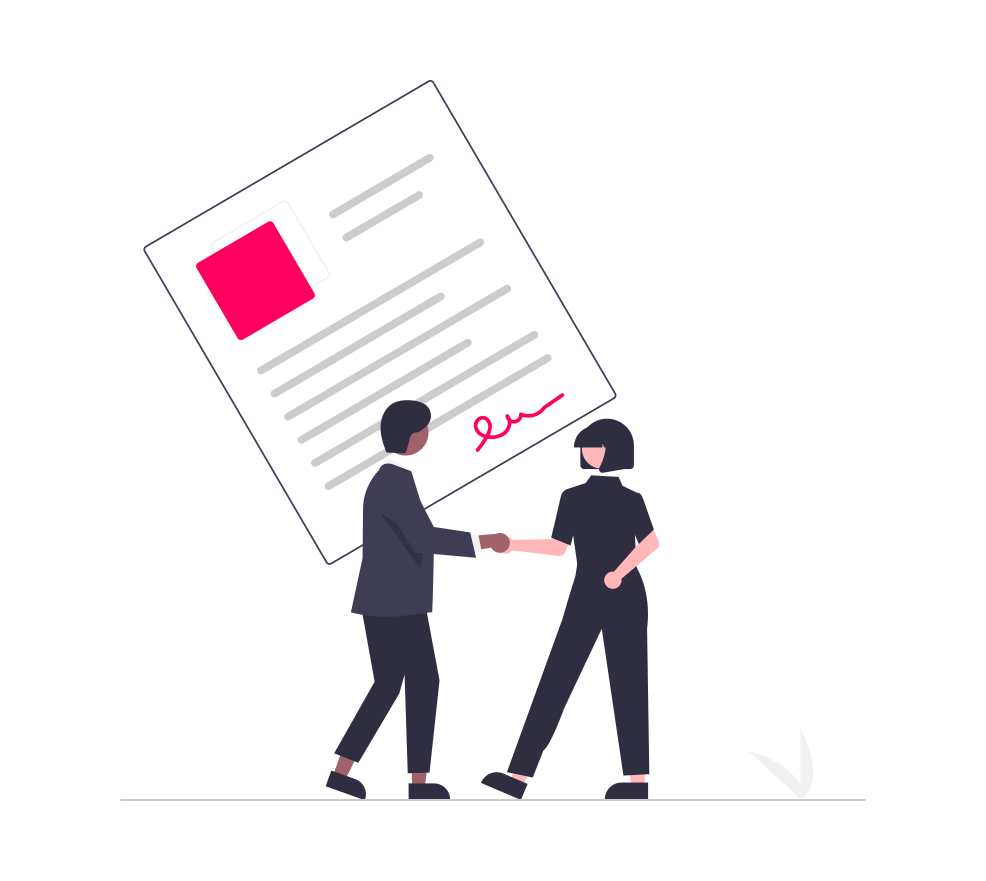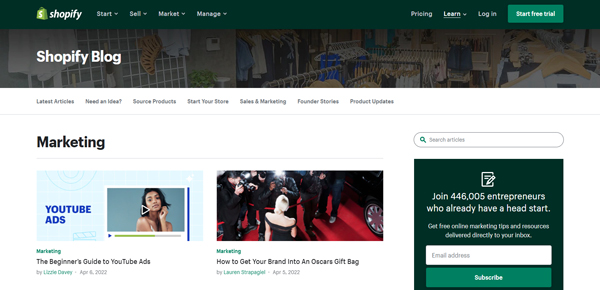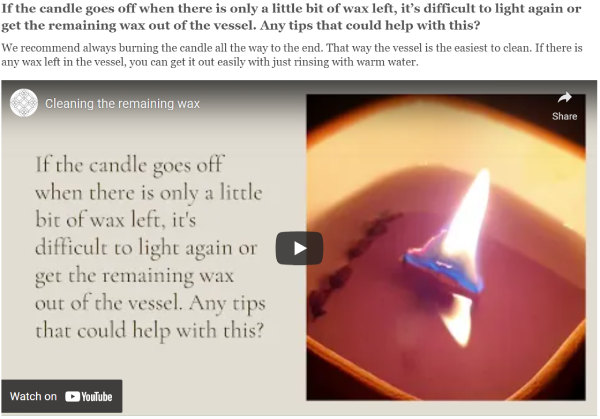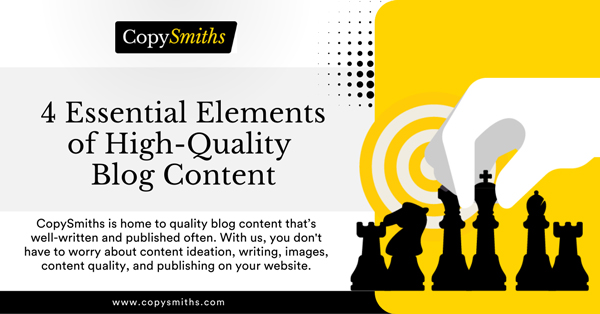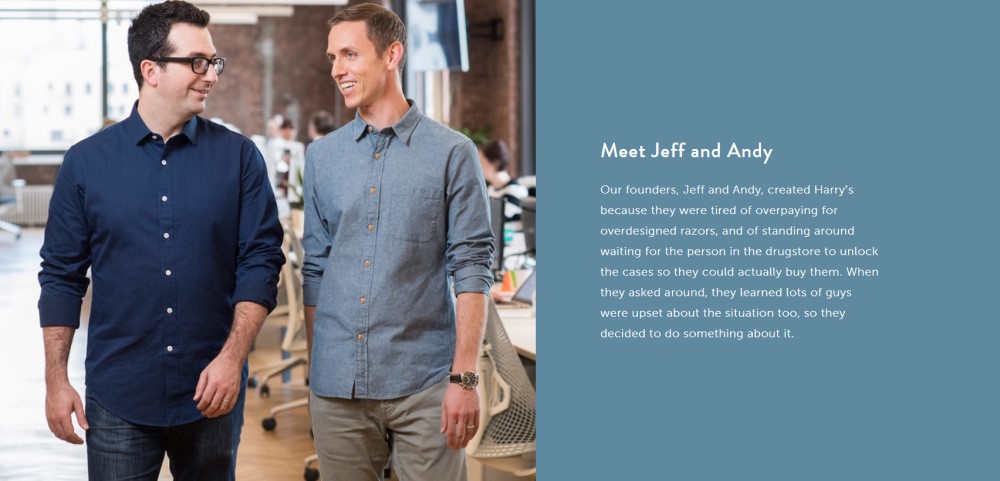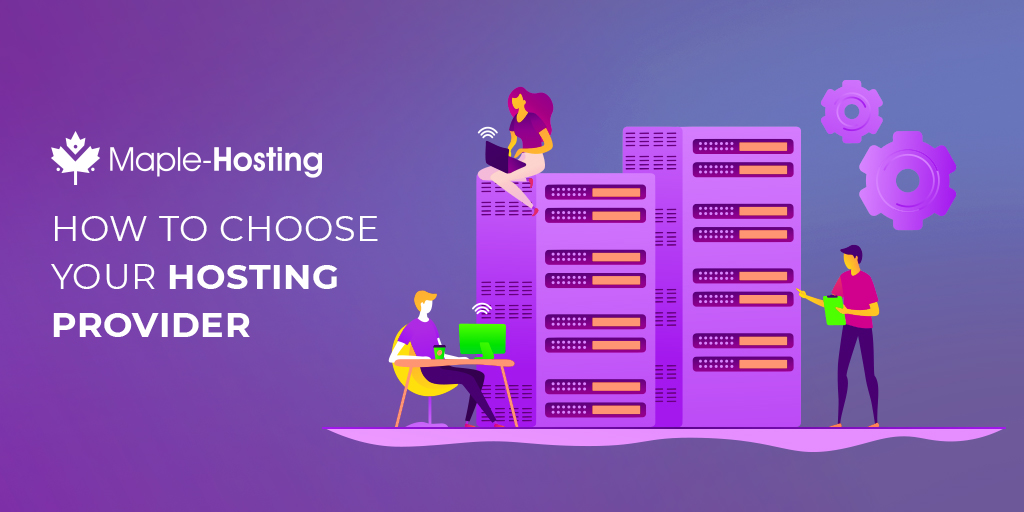Snowballs and Rockets.
They could not appear to go collectively, however they function a helpful analogy to explain the 2 strategies for attracting certified visitors to your ecommerce website.
They usually assist clarify why I take advantage of each strategies as a part of a sustainable, long-term on-line advertising and marketing technique.
First although, let’s take a look at every approach and the way they assist me get folks into the advertising and marketing funnel.
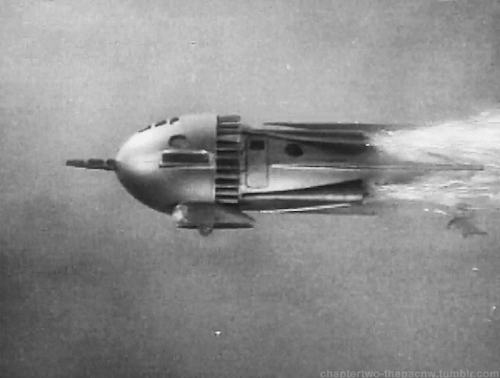
And it really works… instantly… so long as it doesn’t run out of gas. Flip off the faucet, and it crashes again to earth… instantly.
As a result of for a rocket – Gravity is the enemy.
And in my analogy, Gravity is our common fixed. That one factor that exerts a drive on all the things else.
Gravity can signify time, or market competitors, or banner blindness, or pesky algorithms, or all the above.
And the one antidote is more cash – whether or not it’s an even bigger advert spend or higher inventive or cheaper long-tail key phrases.
And it doesn’t matter what you spend, another person is at all times spending extra.
Reserving.com spends north of a billion US {dollars} on Google Adwords alone… per quarter.
That’s how aggressive the net journey house is and the way a lot it prices to maintain their Rockets going.
Trivago, Expedia, et al must spend comparable quantities simply to compete with Reserving for advert house on the prime of Google’s SERPs (Search Engine Outcomes Pages).
However no matter your market, the competitors for premium advert actual property goes to be fierce if the visitors is there.
It’s just like the Sydney property market at its peak… tons of determined bidders driving up the value of properties at numerous auctions.
Besides the product being auctioned is key phrases.
Key phrases that additionally entice natural visitors.
Which leads us to…
Approach 2: The Snowball
The Snowball is content material advertising and marketing.
Content material advertising and marketing works a bit in another way to paid advertisements.
It targets particular audiences, like paid advertisements do, but it surely gives an alternate of helpful, participating content material – or info – for an individual’s consideration (and belief).
In different phrases, natural visitors.
And like advertisers, content material entrepreneurs should make sure the content material connects that particular person with the model in a significant means that in the end drives worthwhile buyer motion.
They only could not do it as quick as an advert can. They’re taking part in the lengthy sport.
Now let’s get again to the Snowball. To get the Snowball transferring, you solely want to begin small.
Form a pleasant little bit of content material right into a ball loaded with the suitable key phrases (and held along with some good previous technical search engine optimisation) and let it roll away within the route you need it to go – the place the viewers is.
Accumulating sufficient content material to make a pleasant snowball prices cash – however as soon as it’s rolling, even slowly, there’s nothing that may cease it (supplied it’s heading within the route you need it to go).
You see, to your Snowball, Gravity is its buddy. BFFs 4Ever.
Over time, your Snowball grows larger and travels quicker, gathering increasingly free natural visitors because it goes.
As a result of science.
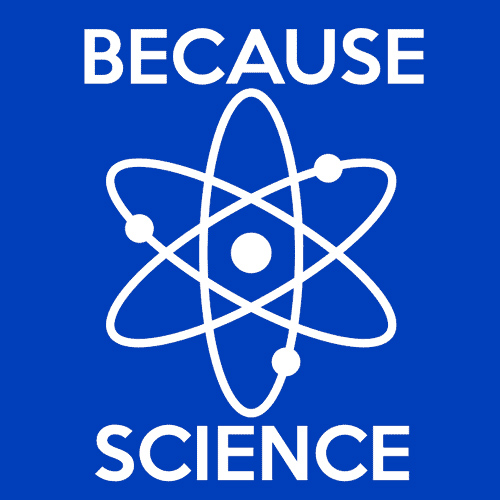
This is the reason good content material that retains pulling within the visitors is known as evergreen content material. The visitors simply doesn’t die off (like paid visitors does as soon as the circulate of money is turned off).
So, What About Visible Content material Advertising and marketing?
Visible content material advertising and marketing merely describes the best way my crew creates helpful, image-based content material that helps folks belief our purchasers’ services.
We develop content material that builds Experience, Authority and Belief – E-A-T – by offering options to folks’s issues.
In different phrases, info that matches the person intent of the search question – whether or not it’s informational, navigational or transactional.
For instance, let’s say somebody is making an attempt to work out what dimension workwear they want. They’re feminine, and the one dimension information they’ll discover at their office is for males.
First, although, let’s pause to think about the doable UI/UX on this hypothetical state of affairs:
- The particular person is utilizing their smartphone and searches utilizing voice instructions both by way of an assistant like Siri or utilizing the microphone choice in Google search.
- The particular person sorts the search question into both a cell gadget or desktop.
From Voice to Visible: It’s nonetheless about Consumer-Intent
Let’s assume they use the voice choice to look by tapping the microphone icon subsequent to the search bar on their telephone display screen.
Wherein case, they may ask, “How do you measure ladies’s workwear?”
I do know Google’s algorithm appears to love the easy, easy-to-follow checklist format introduced as an answer to a specific question.
So in that case, Google is prone to ship a prime natural consequence that gives a easy step-by-step information to getting the suitable measurements.
Like one of these text-based content material:

However what if the reply is definitely not particular to the feminine body-type, which presumably means Google couldn’t simply discover a extra related reply.
Pissed off, the particular person looking could then resort to typing in a variation of the search question spoken earlier.
However this time by including a qualifier similar to “dimension chart”.
As a result of the person is considering visually. It’s what we do.
For instance, “womens workwear dimension chart” – which IMO is extra doubtless what you’d sort versus converse out loud.
I believe in that state of affairs the SERP is prone to embody image-based outcomes along with the text-based outcomes (as a result of dimension charts are extremely visible, like all charts or graphs or Venn diagrams, and many others.).
Like this:
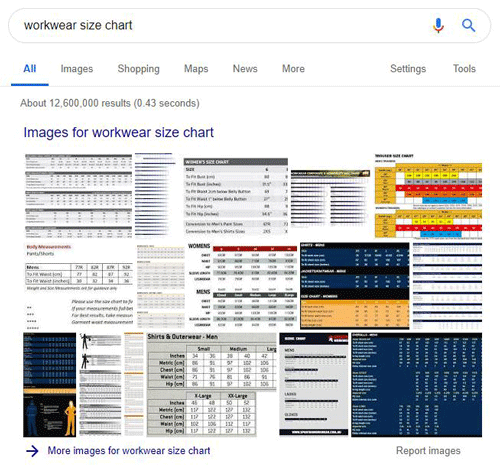
Discover the little figures within the backside left subsequent to the charts?
You may’t discern the chart from the thumbnail however you may immediately recognise the human determine and your eye is of course drawn in the direction of it.
Photos that seem in these blocks are all good, free natural hyperlinks.
We just lately produced this picture for our shopper for this exact purpose, combining a picture of a human determine, color, and quick chunks of formatted textual content as a numbered checklist.
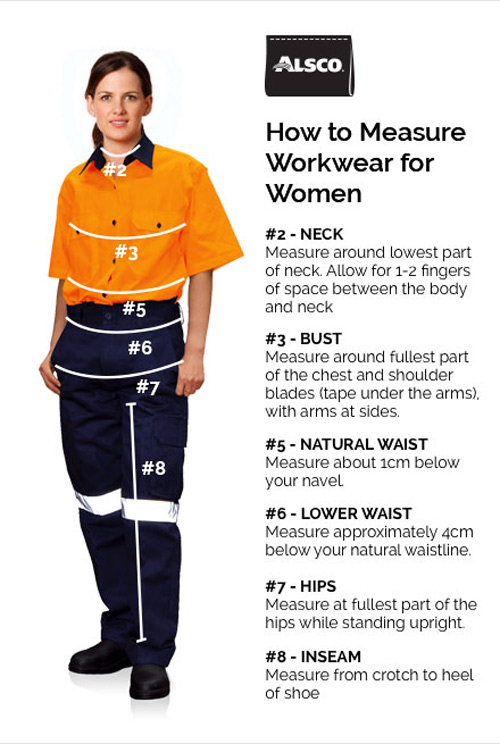
And it does fairly effectively showing in SERPs for a bunch of associated lengthy tail key phrases.
It helps that the remainder of the web page it seems in is properly optimised for the subject.
Our considering is, a visible information is at all times going to be simpler than phrases solely.
How rather more efficient? A 1982 examine says 323% simpler.
I reckon these researchers ended up working for IKEA.
Our concept is the above graphic works notably effectively as a result of the mixture of picture and textual content is sort of irresistible.
Give it some thought – the human mind processes photos a lot quicker than it processes textual content – possibly not 60,000 occasions quicker as is commonly cited – however nonetheless a LOT quicker. Most likely round 43% quicker.
So once we see a pleasant clear, vibrant picture extremely related to our search, our brains nearly instantly recognise the connection and make our eyes hover over that visible stimulus for a fraction longer than different less-compelling choices.
After which the mind registers the accompanying textual content – on this instance damaged up into simply digestible chunks.
The expectation is that this textual content goes to be extremely contextual – and related to the picture, which the mind has already established as a very good match with our person intent – particularly, how do you measure workwear for ladies?
Many of the image-based outcomes are usually tables – a fairly typical format for a “dimension chart” – however as thumbnails they don’t seem to be instantly large enough for our eyes to establish their element (effectively, my eyes anyway).
So it’s straightforward for a splash of color and an natural form like a human determine to catch the attention for only one fraction of an instantaneous – however that’s sufficient if that picture then gives simply sufficient visible info to carry the mind’s consideration.
And at this level it’s nonetheless very a lot visible processing that’s occurring – even when it “sees” the textual content – the mind merely registers it as phrases that are presumably extremely relevent to the subject at hand.
And then you definately get the clicking, which shortly confirms that the textual content is certainly info that helps the picture’s promise of an answer.
Which will increase dwell time and improves your web page’s rating over time.
The snowball impact.
So, in my thoughts it’s a symbiotic relationship between what we see and what we ultimately learn that contributes to our resolution to speculate effort and time in investigating a specific search consequence.
And it’s incomes that call that drives me to maintain looking for new methods of utilizing visible content material.
Does Content material Advertising and marketing Actually Assist Ecommerce Websites Promote Extra Stuff?
Creating helpful visible content material just like the above instance has enabled us to drive sufficient natural visitors to that shopper’s web site to generate greater than $1 million income from on-line gross sales in simply ten months.
That consequence represented a 1059% ROI per thirty days for our shopper.
And that content material continues to generate income with out our shopper having to spend any more cash.
It continues to draw natural visitors just by current.

This distinctive image-based content material attracts ‘free’ natural visitors by way of search engines like google and yahoo and social media.
How good is that?

